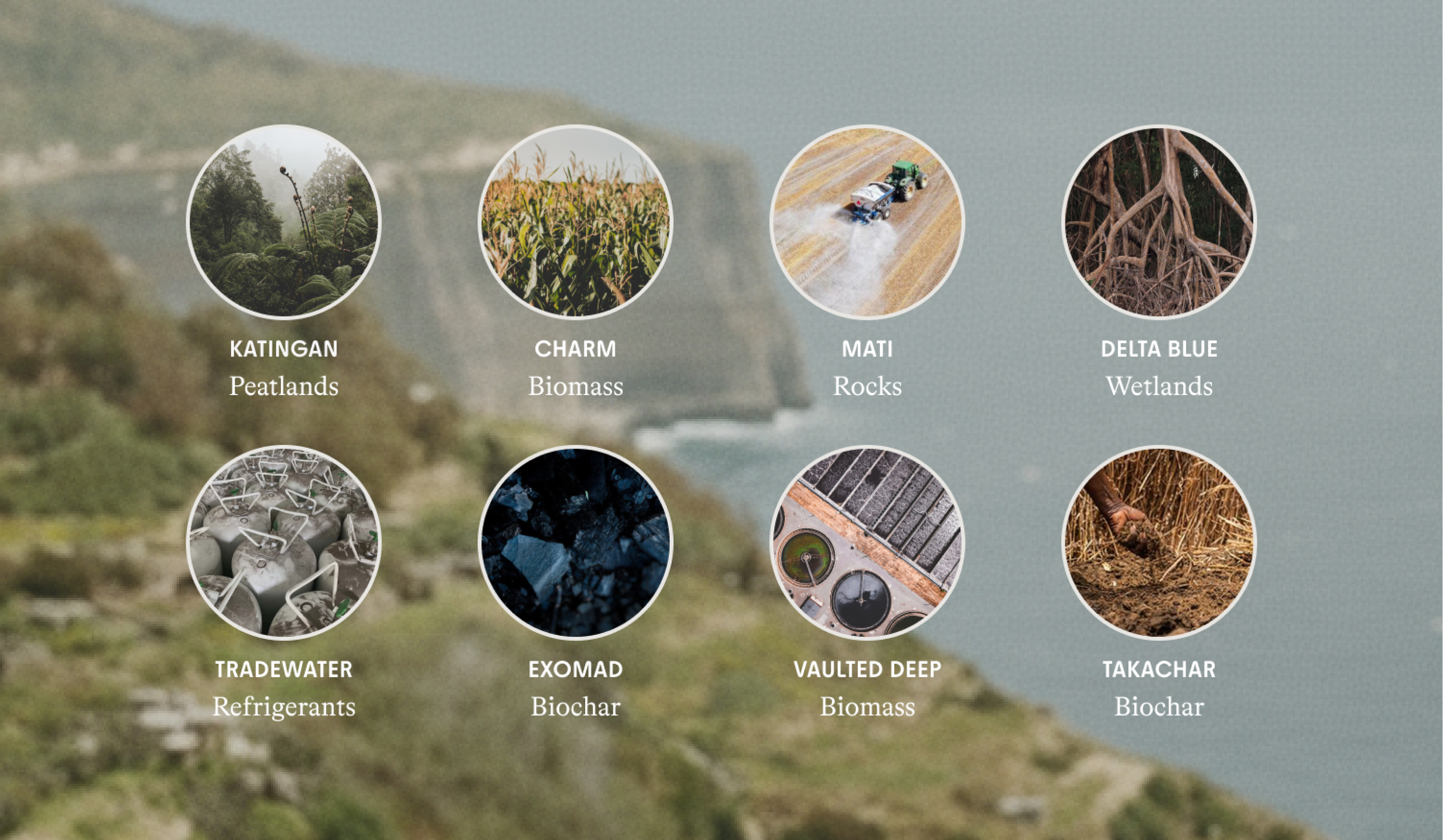Carbon Offsets 101: Forestry Primer
.avif)
Join the community





Forests are natural carbon removal sinks. Trees absorb and store gigatons worth of carbon each year. Actively protecting, restoring, and improving management of forests can help society reach our net-zero goals. Project Drawdown estimates that temperate forest restoration, tropical forest restoration, and forest protection can help reduce and sequester between 79.4 and 121.7 gigatons of CO2e over the next thirty years.
How do forestry projects work?
Trees remove carbon dioxide from the atmosphere and store carbon in their own biomass - their trunks, branches, roots, and leaves - as they grow. The carbon storage capacity of a tree depends on a number of factors, including size, age, species, location, and forest. According to Global Forest Watch, the world’s forests absorbed a net 7.6 gigatons of CO2 annually between 2001 and 2019.
Carbon offset forestry projects take different approaches to increasing carbon storage in forests. Depending on the method of the project, forestry projects may avoid emissions from being released (a shorter-term approach) -- or they may actually absorb emissions from the atmosphere (a longer-term approach).
.png)
Pros: Immediately Implementable and Strong Co-Benefits
Forestry project reinforce the natural carbon cycle. Forestry practices are well-established, and no further technological development is required in order to scale forestry projects.
Forestry projects can also create many positive benefits for local communities and ecosystems. Local and indigenous communities around the world depend on forests for their livelihoods. Forestry carbon projects are one way to support, and create economic opportunities for communities. Forests are also complex ecosystems filled with plants, fungi, animals, and other wildlife. Trees play a number of important functions in these ecosystems, including filtering water, preventing soil erosion, increasing resilience to floods and droughts, and encouraging pollination. Protecting these trees in turn helps protect the entire forest ecosystem.

Cons: Reversal Risk and Carbon Measurement Challenges
While forests are an effective natural climate solution, they are also prone to both natural and man-made disturbances. Fires, hurricanes, droughts, and other natural events can result in the release of carbon into the atmosphere and must be considered in the carbon accounting of a project. Efforts must also be made to protect projects from illegal logging and other man-made destruction.
The carbon benefits of forestry projects can be difficult to measure. A project's carbon impact is measured against a baseline assumption of what would have happened had the project not taken place. Because this baseline is hypothetical, it is hard to prove exactly how additional the carbon removal of a forest project is. To address this, a number of organizations involved in forest carbon projects are working to improve monitoring, measuring, reporting, and verification methods.
Lastly, it is possible for forest carbon projects to simply displace deforestation from one place to another, resulting in no actual net reduction or removal of carbon. Forest carbon projects should be able to demonstrate that their activities avoid this leakage of carbon impacts to other areas.
Commons Forestry Offset Considerations
Given the challenges around measuring the carbon benefits of forestry projects, Commons looks for projects that use rigorous data monitoring, as well as project suppliers who are constantly innovating and improving on these monitoring techniques. The Commons team also looks to support projects that build a healthier, more sustainable, more equitable future. In line with this vision, our team looks for projects that actively engage and support local communities.
Projects Commons Recommends
Commons currently supports projects from two forestry carbon credits providers: Pachama and NCX.
Pachama uses satellite imagery and artificial intelligence to accurately measure carbon captured in forests, a process that has traditionally been labor-intensive and inconsistent. Pachama’s technology remotely monitors and verifies forests, providing increased accuracy and transparency for purchasers.
NCX uses satellite imagery, machine learning and field measurements to measure every acre of U.S. forest each year to bring a unique level transparency and accountability to forest carbon credits. NCX credits empower landowners big and small to participate in forest carbon markets by incentivizing the growth of older, more carbon rich forests, supporting rural communities, and advancing science-based measurements of both carbon and biodiversity impact.
See all projects in the Commons Offset Portfolio →
Sources
Fact Sheet: Forestation & Carbon Removal, American University, Washington, DC
Fact Sheet: Forest Carbon Removal, Carbon180
CDR Primer, J Wilcox, B Kolosz, & J Freeman
Forests Absorb Twice As Much Carbon As They Emit Each Year, World Resources Institute
Restoring natural forests is the best way to remove atmospheric carbon, Nature (2019)













